SCS Blog Search
| Title | |
|---|---|
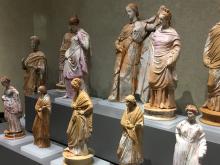
|
Blog: (Re)habilitating Old Woman A, or: Reading female bad language in Aristophanes’ Assemblywomen as a 40-something womanAmy Coker | |

|
Blog: Paternalism and the “Good Slave” in the Speech for Phormion and the Legacies of SlaveryJaval Coleman | |
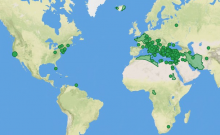
|
Review: Recogito: Visualizing, Mapping, and Annotating Ancient TextsKilian Mallon | |

|
Blog: How Do We Record the History of Women in Classics?Claire Catenaccio | |
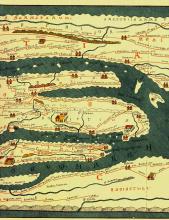
|
Review: ORBIS: The Stanford Geospatial Network Model of the Roman WorldChiara Palladino | |
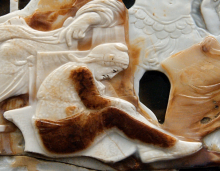
|
Blog: Will Reading Fiction Make You a Better Ancient Historian?Carlos Noreña | |

|
Review: Mapping Ancient Literature through ToposTextJanet Jones | |
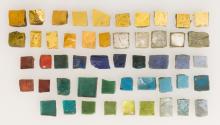
|
Review: Discovering Intertextual Parallels in Latin and Greek with TesseraeJulian Yolles | |
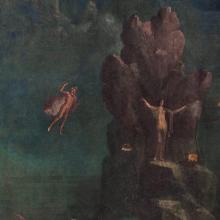
|
Review: Perseus Digital Library Scaife ViewerStephen Sansom | |
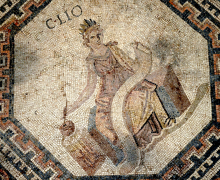
|
Blog: What Does Productivity Even Mean to an Ancient Historian?Lindsey Mazurek | |
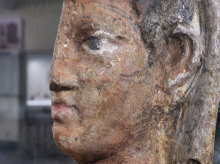
|
Blog: Pygmalion, Polychromy, and Inclusiveness in ClassicsAimee Hinds | |
